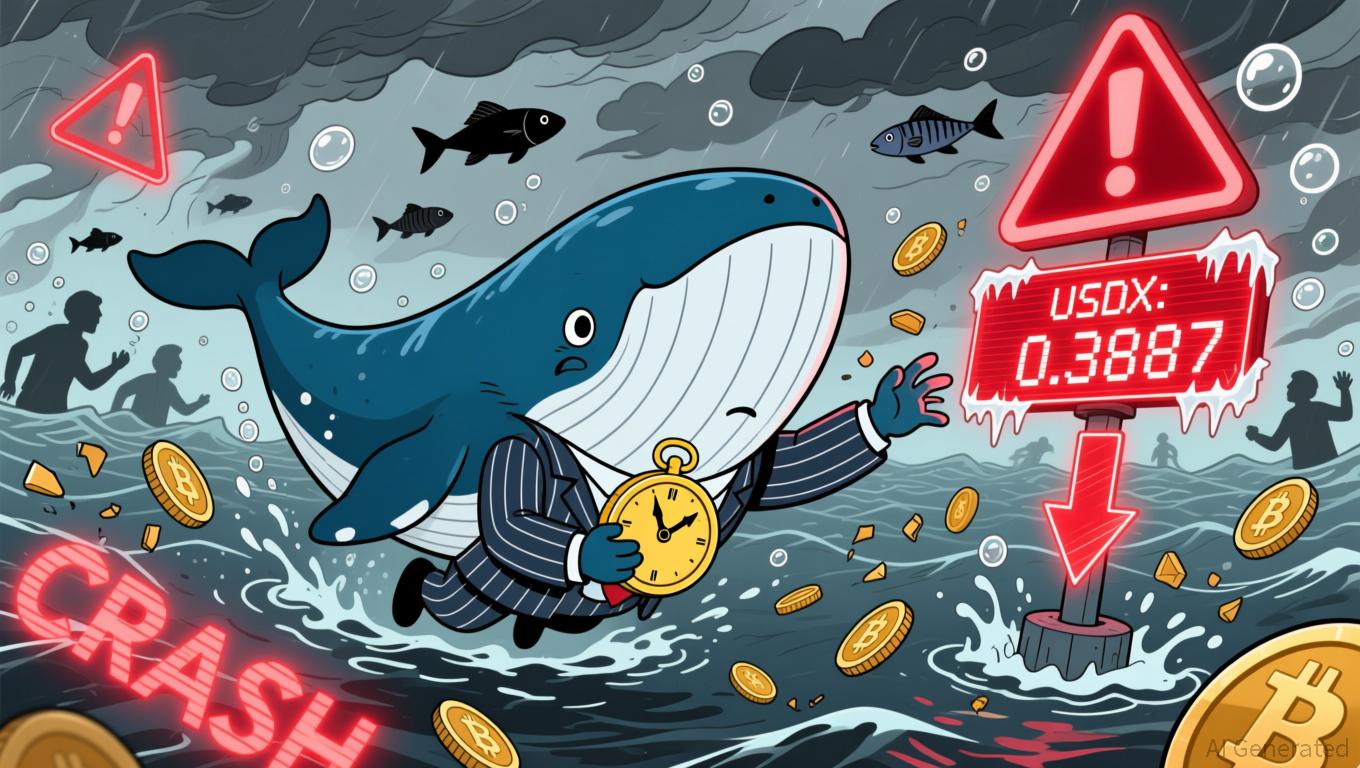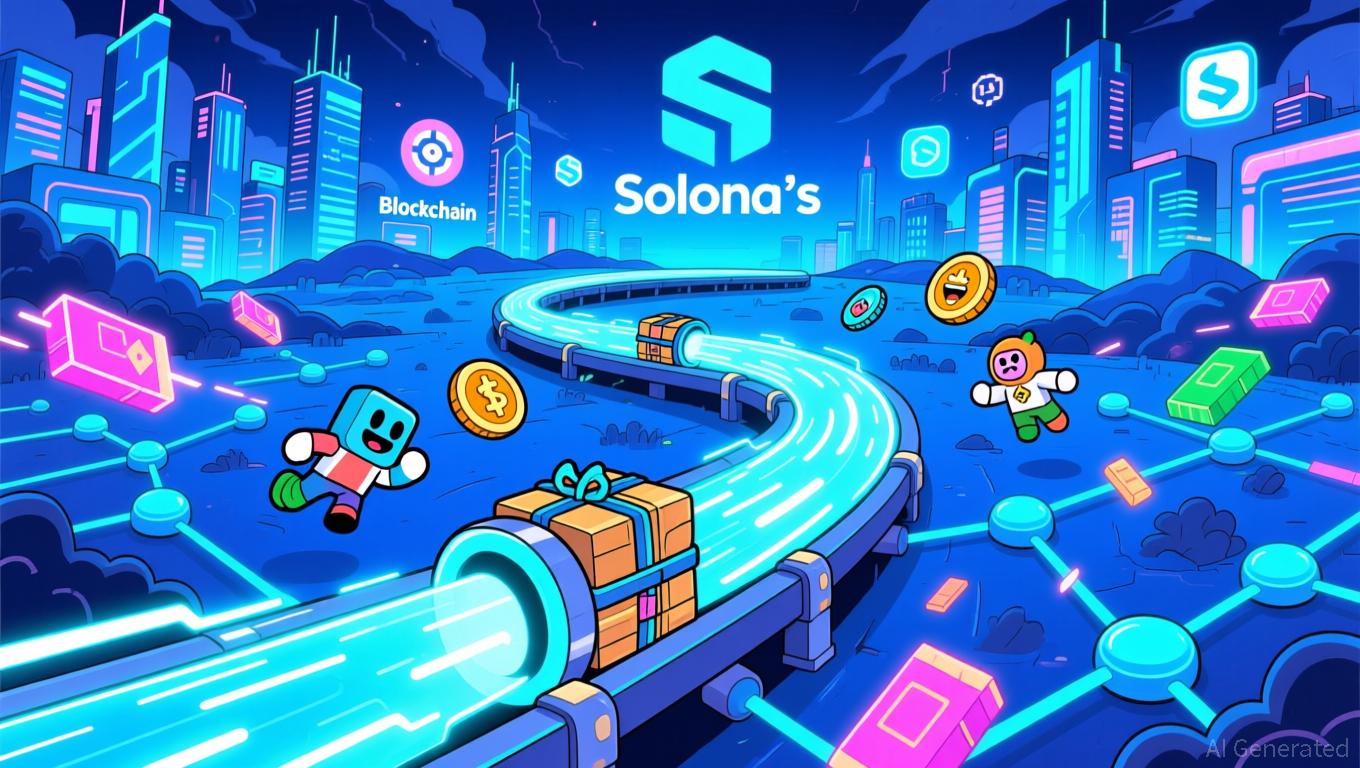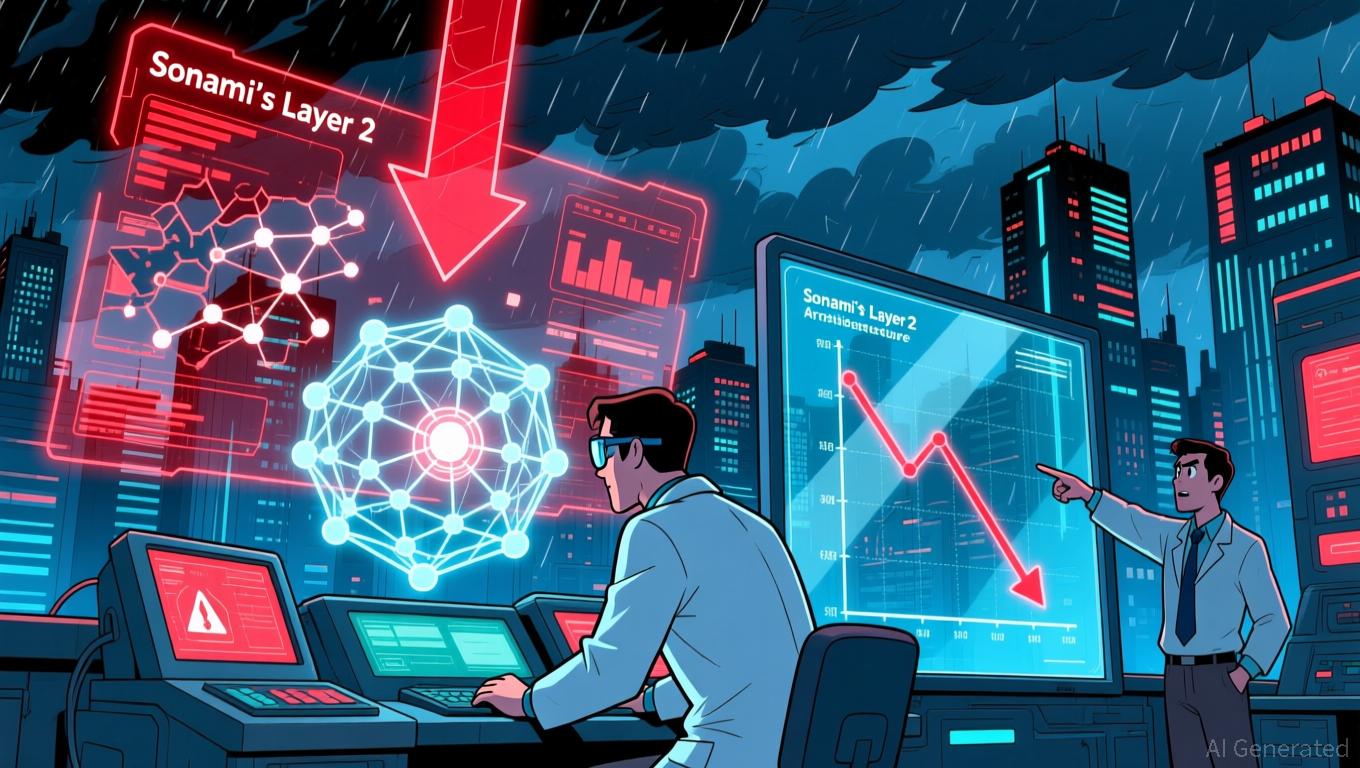Tokenization Offers a Solution to Crypto's Regulatory Challenges
- Tokenization bridges crypto innovation and regulation by digitizing assets into blockchain-based tokens, enabling real-time compliance with AML and investor protection rules. - Case studies show tokenization streamlines supply chains (Asetek) and secures R&D pipelines (Vertex Pharmaceuticals) while embedding jurisdictional compliance into smart contracts. - Despite challenges like interoperability risks, EU's MiCA framework and industry collaboration signal progress toward harmonizing tokenization standa
The convergence of blockchain and established financial systems is undergoing a significant transformation, with tokenization emerging as a promising link between the world of cryptocurrencies and regulatory authorities. Historically, the industry has struggled with regulatory compliance, but recent progress indicates that turning assets into blockchain-based tokens could help decentralized platforms meet the expectations of global regulators.
Tokenization is increasingly viewed as a remedy for persistent transparency and accountability gaps within crypto markets. By transforming assets such as real estate, equities, or commodities into programmable digital tokens, this approach allows for instant monitoring of ownership and transaction histories. Such features support regulatory goals like anti-money laundering (AML) compliance and investor safeguards, which have been challenging to enforce in decentralized environments, as highlighted in
Recent industry developments further illustrate tokenization’s potential to bridge the gap between crypto and regulation. In the third quarter of 2025, Asetek, a prominent provider of liquid cooling technologies, showcased how tokenization can optimize supply chain operations, as reported by
Pharmaceutical firms such as Vertex Pharmaceuticals are also investigating tokenization for managing intricate research and development processes, as mentioned in
Nevertheless, obstacles persist. Regulators must address the technical intricacies of blockchain to ensure that tokenization does not introduce new threats, such as interoperability challenges or weaknesses in smart contracts. Achieving international consistency in tokenization standards will also be essential to prevent fragmented regulatory landscapes. Still, the increasing cooperation between industry stakeholders and regulators—as seen with initiatives like the EU’s Markets in Crypto-Assets (MiCA) regulation—points toward greater alignment.
As tokenization evolves, its capacity to integrate compliance directly into asset management processes could be crucial for merging crypto innovation with regulatory requirements. By enhancing transparency, traceability, and governance, tokenization has the potential to move crypto from a loosely regulated space to a more structured, institutionally accepted asset class.
Disclaimer: The content of this article solely reflects the author's opinion and does not represent the platform in any capacity. This article is not intended to serve as a reference for making investment decisions.
You may also like
DeFi Faces Stability Challenge: USDX Redemption Issues Reveal Underlying Systemic Risks
- Whale investor 0xe454 spent $800,000 to buy 933,241 USDX tokens during its 2025 depeg to $0.3887, betting on recovery. - Redemption delays for both recent and prior 1.4M USDX purchases raised concerns over protocol stability and liquidity risks. - Lista DAO's emergency vote (LIP 022) aims to liquidate USDX positions amid 800% borrowing rates, mirroring 2025 xUSD collapse risks. - Experts warn cross-collateralized DeFi structures amplify systemic risks, urging stronger collateral diversification to preven

Fed’s QE Strategy: Could AI Mania Lead to a Repeat of the 1999 Bubble?
- Billionaire Ray Dalio warns Fed's shift to QE risks inflating an AI-driven bubble akin to 1999's dot-com crash. - He criticizes reinvesting MBS proceeds into Treasury bills as monetizing debt while cutting rates amid large fiscal deficits. - Analysts highlight risks of reduced T-bill supply, lower yields, and repo market strains from Fed's $15B/month Treasury demand. - AI sector valuations and corporate earnings will test Dalio's concerns as November inflation data and PMI reports approach.

Solana Latest Updates: Sonami Advances Layer 2 Despite Solana’s Unstable Market Forecast
- Sonami ($SNMI) launched a Solana Layer 2 token to reduce congestion and boost efficiency, raising $2M in presale. - The $0.0019 token allocates 83B tokens for marketing, treasury, and development, targeting high-frequency DApps. - Solana's price fluctuated between $170-$190 amid upgrades and macroeconomic factors, with bearish derivatives signals noted. - Sonami's Layer 2 initiative aligns with Solana's scalability goals, supporting 2,500 developers and enterprise applications. - Presale success reserves

Solana News Update: Sonami's Layer 2 Seeks to Restore Solana's User Base Amid Intensifying Competition
- Sonami ($SNMI) announced a continued token presale and launched Solana’s first Layer 2 token to address scalability issues. - The project aims to reduce congestion by bundling transactions, raising $2M at $0.0019 amid Solana’s 30% Q3 user decline. - 40% of 82.999B tokens allocated for development/listings; team includes Solana veterans and fintech experts. - Presale success reflects investor confidence in Solana’s growth amid Layer 2 competition from Ethereum-based rivals.
